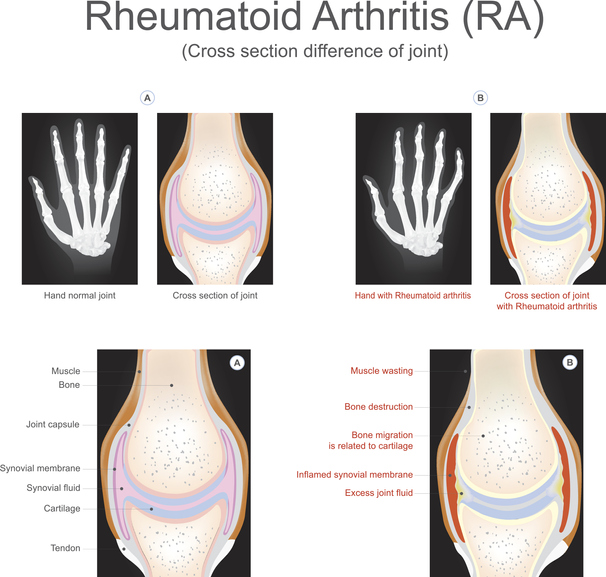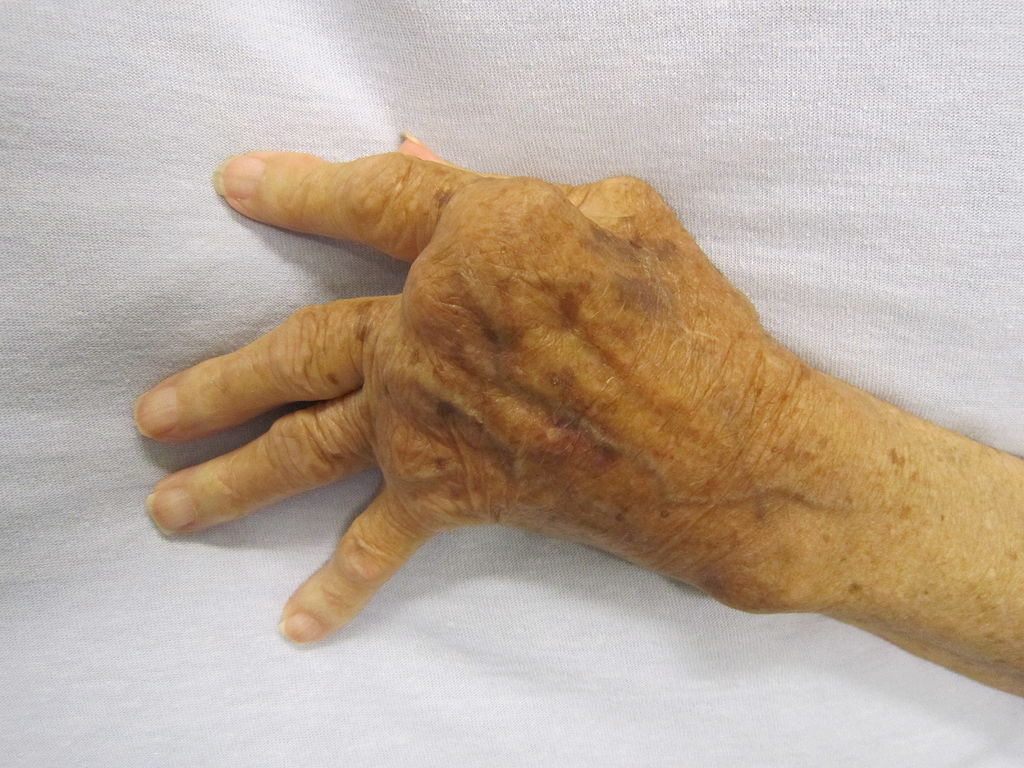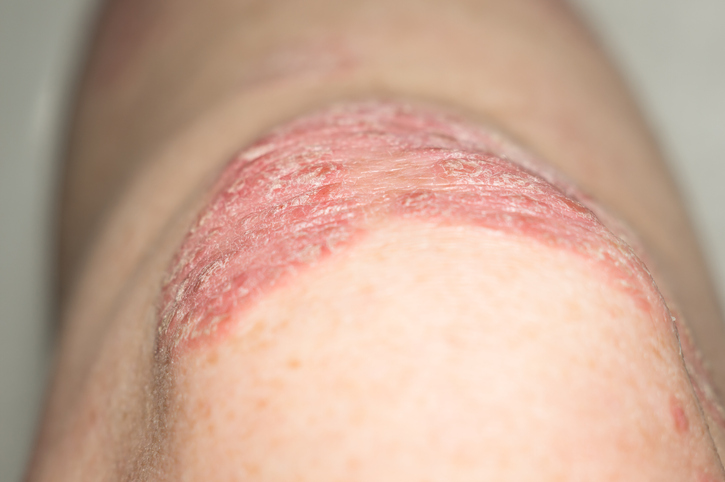Pain
Progression and Possible Complications of Rheumatoid Arthritis (RA)

What is rheumatoid arthritis?
Rheumatoid arthritis, or RA, is a chronic, inflammatory autoimmune disorder in which the immune system mistakenly attacks the body's own tissues. Rheumatoid arthritis causes inflammation in the lining of the joints; eventually, this inflammation can lead to bone erosion and joint deformity. The condition can affect any joint in the body, including joints in the hands, elbows, feet, hips, jaw, knees, neck, shoulders and wrists. Rheumatoid arthritis presents in a symmetrical pattern; it develops in the same joints on both sides of the body, such as both shoulders or both knees. RA can affect more than the joints; it can also affect other body parts and systems including, but not limited to, the eyes, skin, heart, lungs or blood vessels.
Progression of rheumatoid arthritis
The progression of rheumatoid arthritis varies from person to person. Most people with RA experience a gradual worsening of symptoms over time with periods of symptom improvement (remission) and periods of more severe symptoms (flare-ups). In some cases, flare-ups occur first and are followed by periods of remission. Approximately 10% of those with RA experience a spontaneous remission (disease activity stops) within the first six months of the condition.
Stages of rheumatoid arthritis
Rheumatoid arthritis has four stages:
Stage 1: In the earliest stage of RA, joint pain, stiffness, or swelling is present. Inflammation in the joint(s) occurs, but the bones are not damaged.
Stage 2: In this stage, RA is considered moderate. Damage occurs to the cartilage that cushions the ends of the bones in the joint(s), but joint deformities are not present. The muscles around the joint(s) may be weakened. Symptoms in this stage typically include pain, decreased range of motion, and reduced mobility.
Stage 3: At this stage, RA is considered severe. In addition to damaged cartilage, damage to the bone occurs. Joint deformity is possible. Symptoms of pain and swelling typically increase. Muscle weakness around the joint(s) is likely at this point, contributing to loss of mobility.
Stage 4: Stage 4 is considered end-stage RA. Inflammation in the affected joint(s) ceases; however, the joint(s) may not function. The affected joint(s) is usually severely damaged, and the bones may fuse together (ankylosis). The continued symptoms of pain, swelling, and mobility loss are still present.
Progression through the four stages may take years. Some individuals may never progress through all four stages.
Possible complications of rheumatoid arthritis
Possible complications of rheumatoid arthritis include, but are not limited to, the following:
- Anemia
- Blood Clots
- Osteoporosis
- Dry eyes and mouth or Sjögren's syndrome
- Carpal tunnel syndrome
- Infections
- Thinning of the bones
- Atherosclerosis
- Pericarditis
- Heart attack or stroke
- Rheumatoid nodules
- Lung inflammation
- Higher risk of lymphoma
- Felty syndrome
- Scleritis
- Vasculitis
- Abnormal body composition
Appropriate treatment may help slow or even stop the progression of rheumatoid arthritis and help prevent complications of the condition.


















